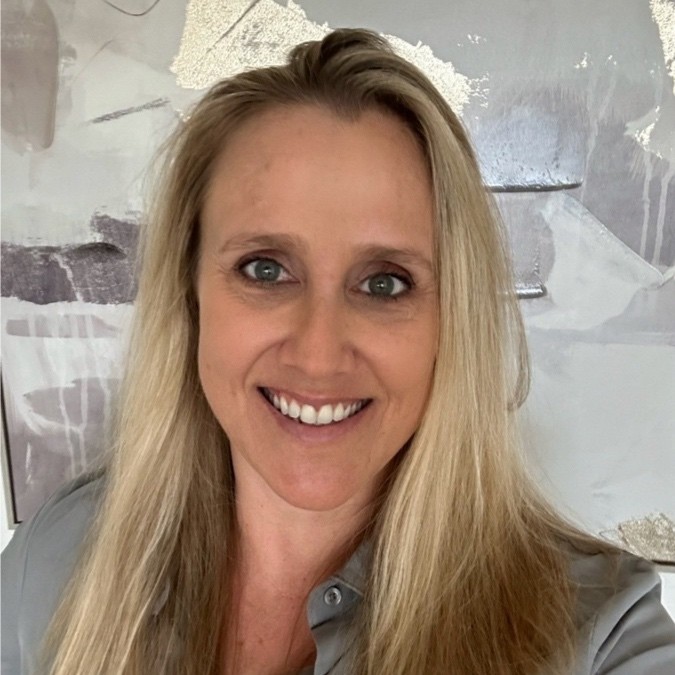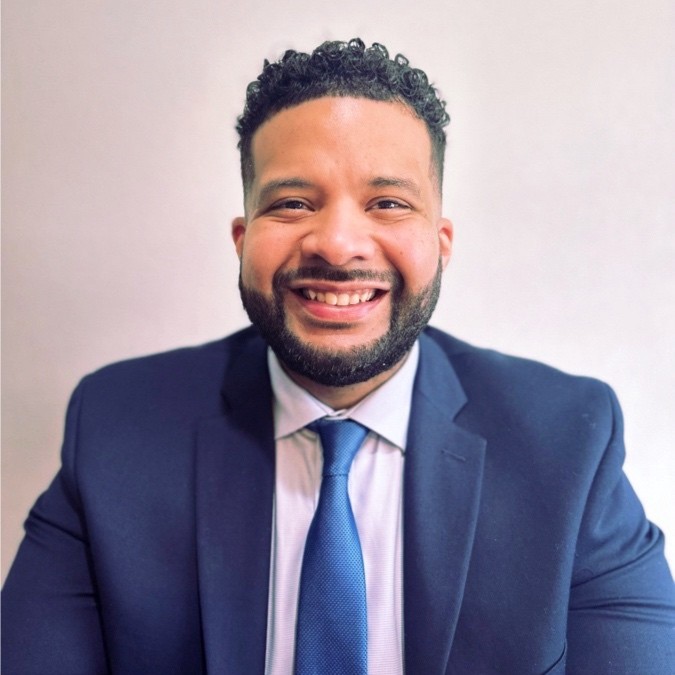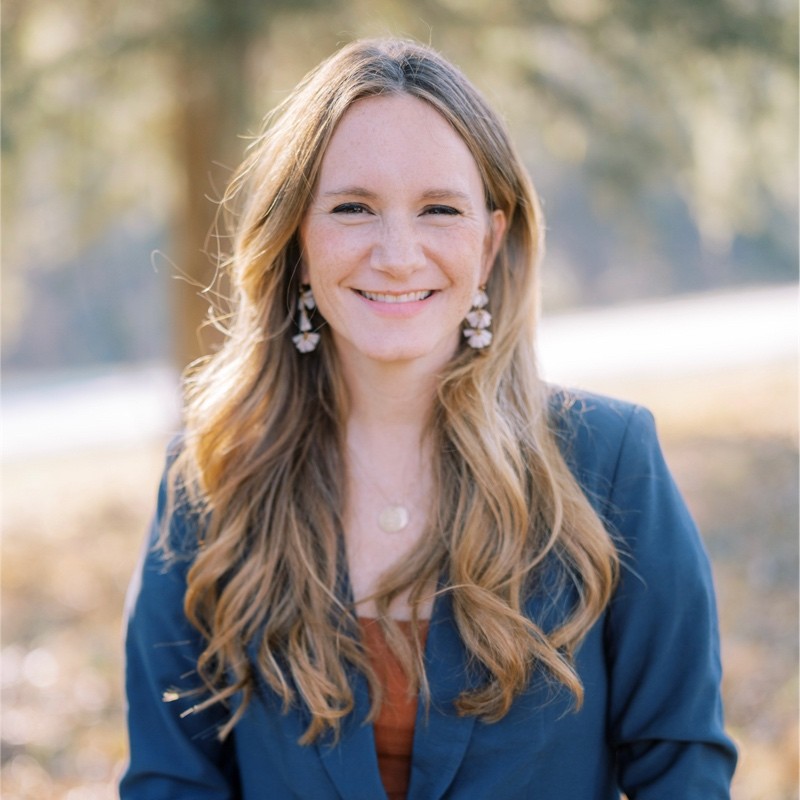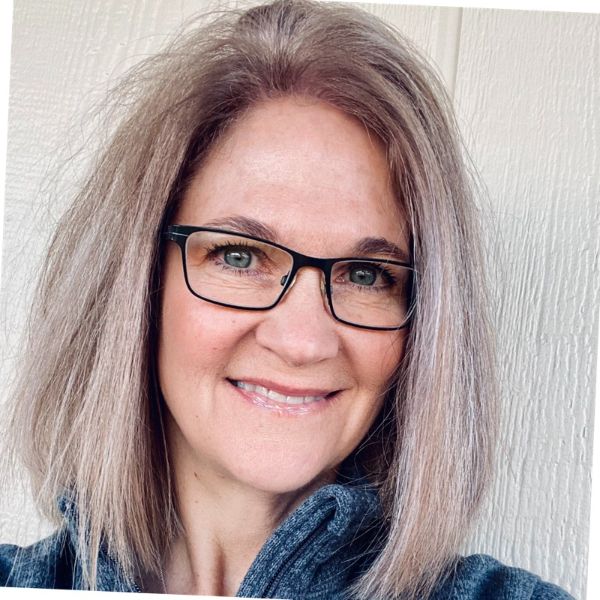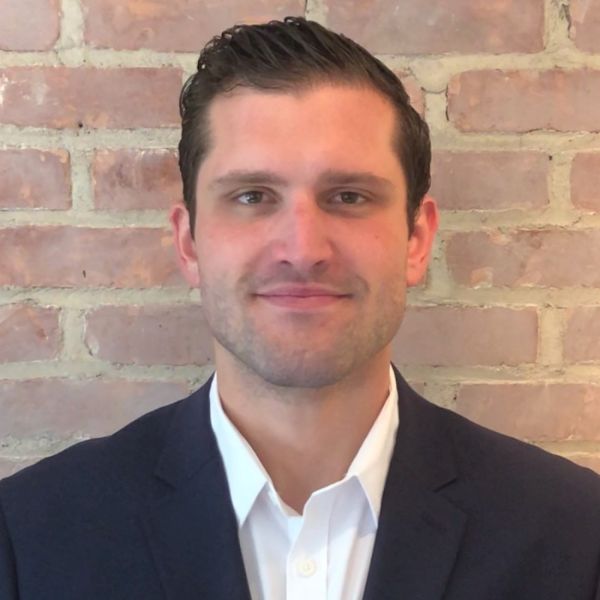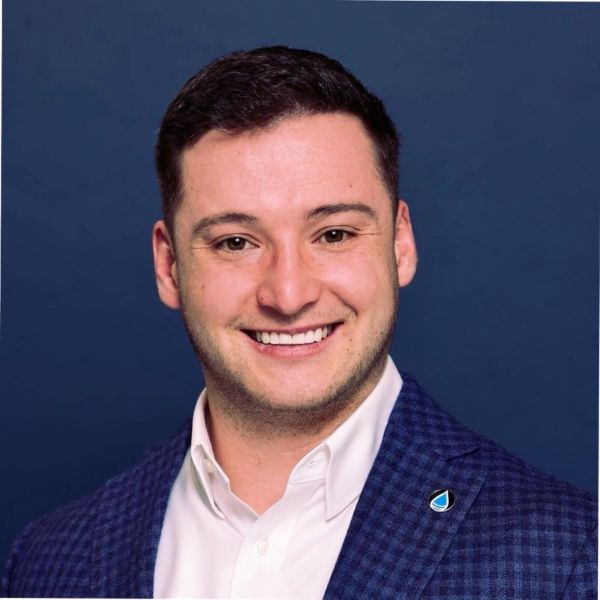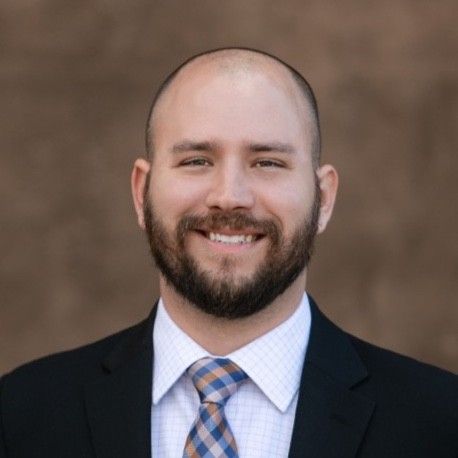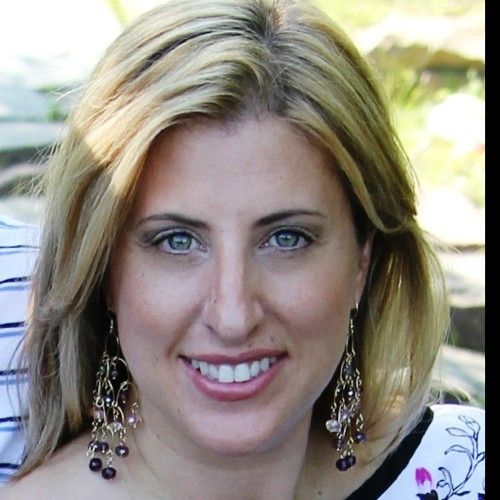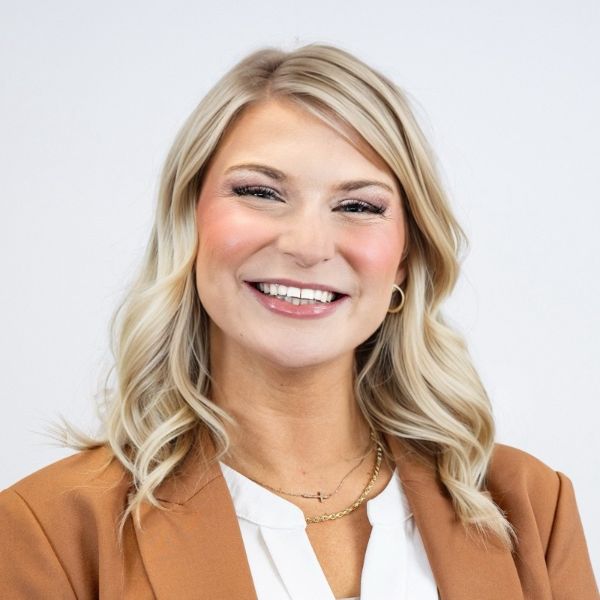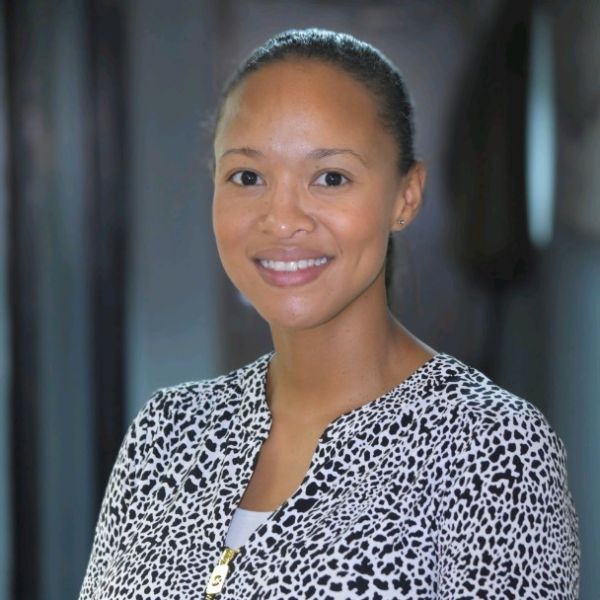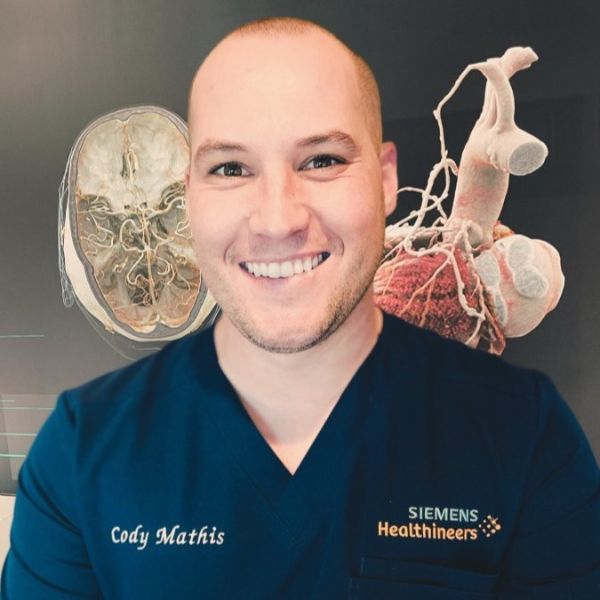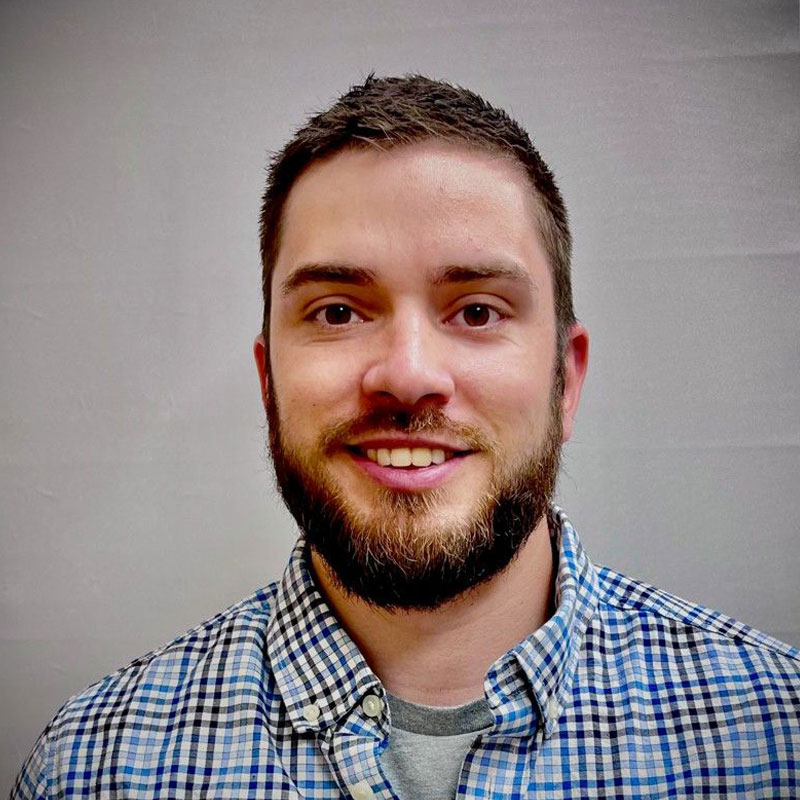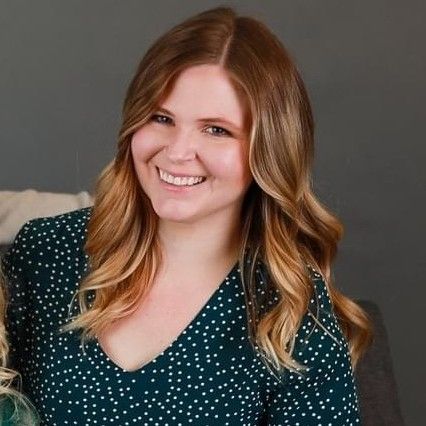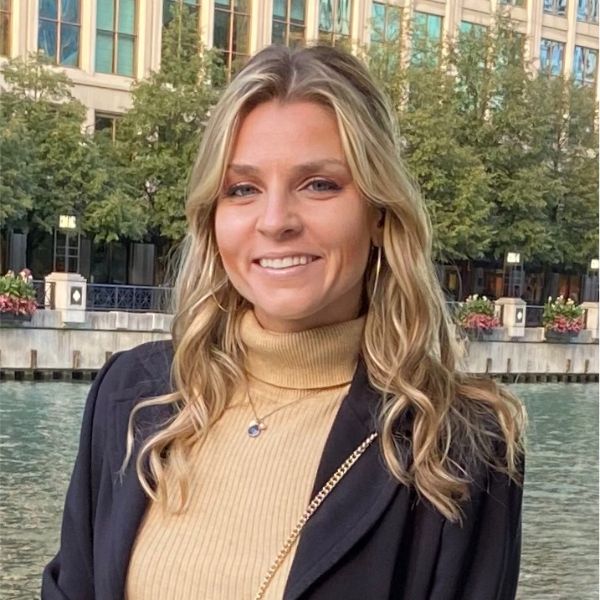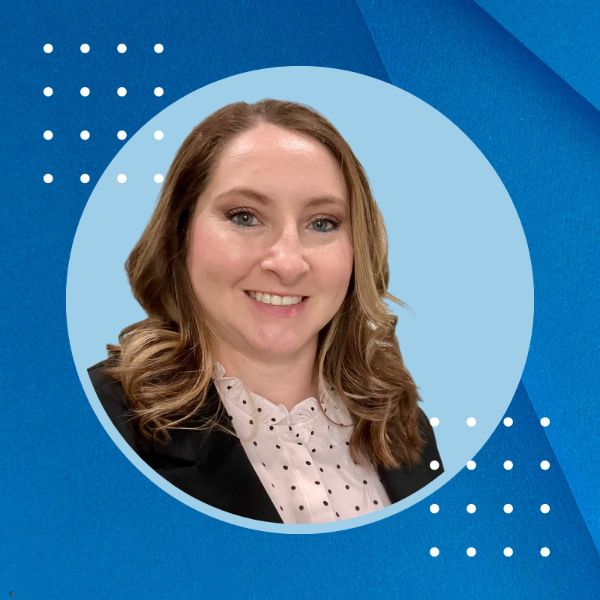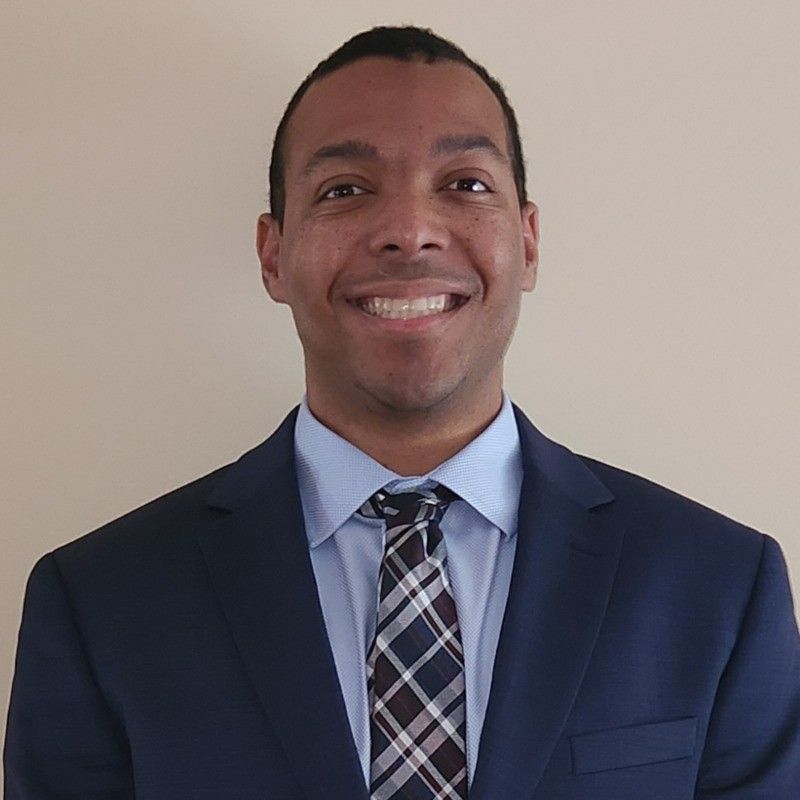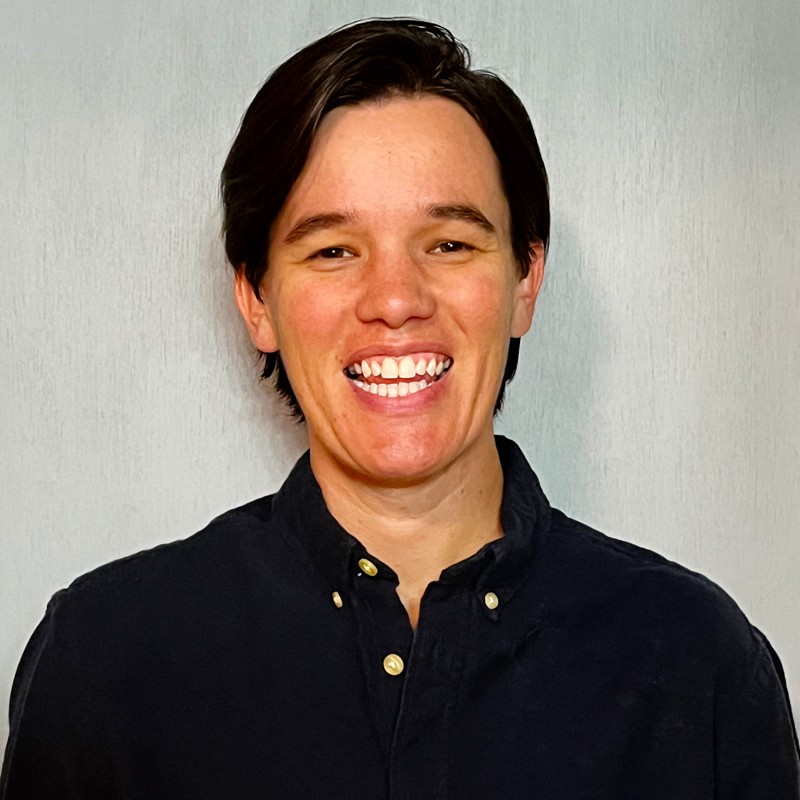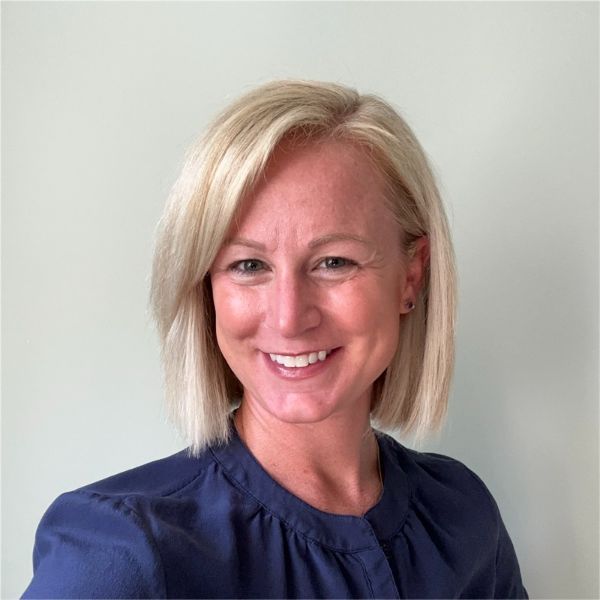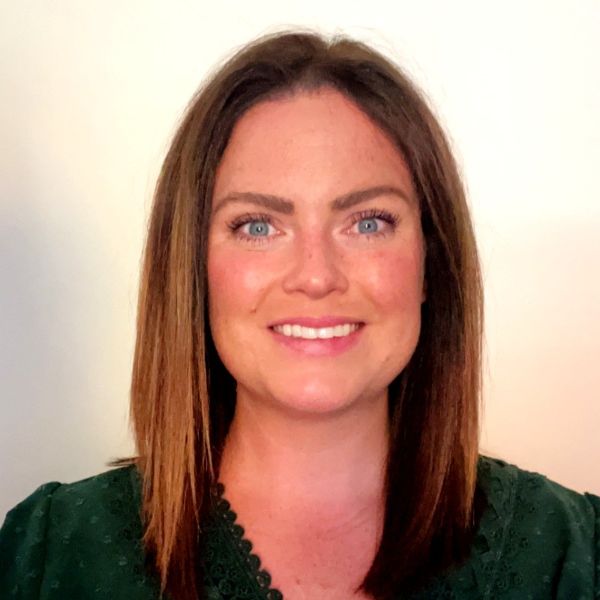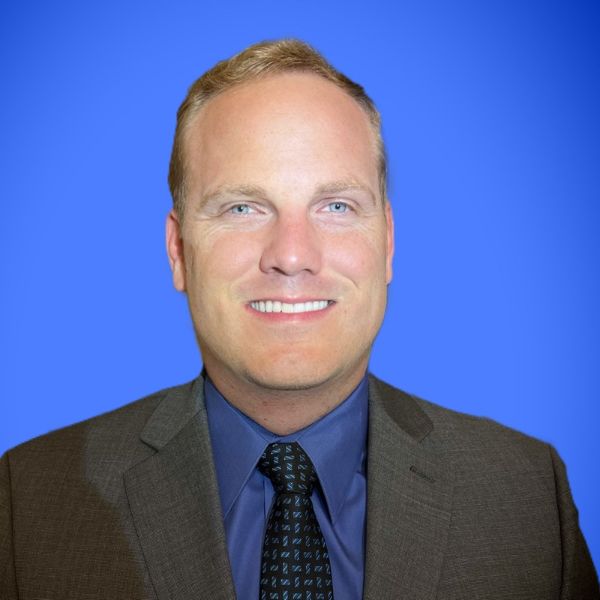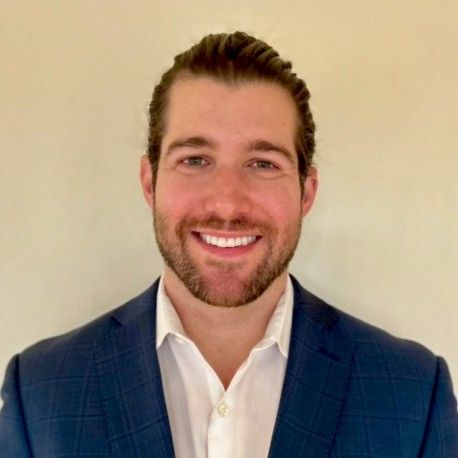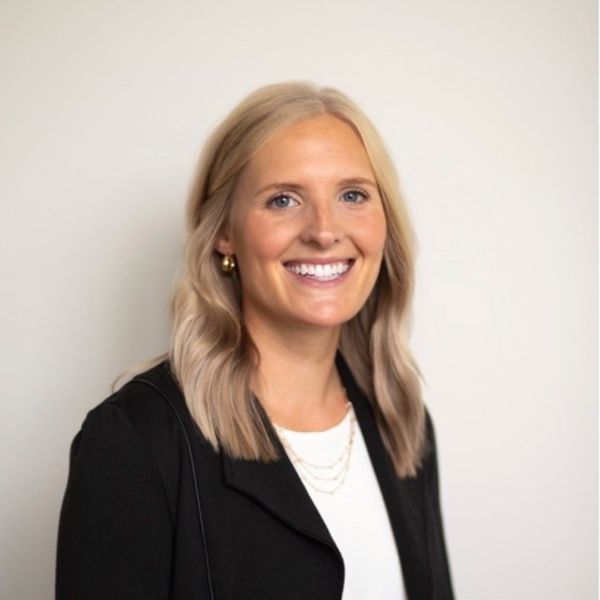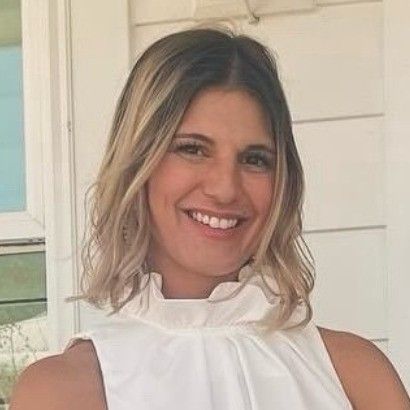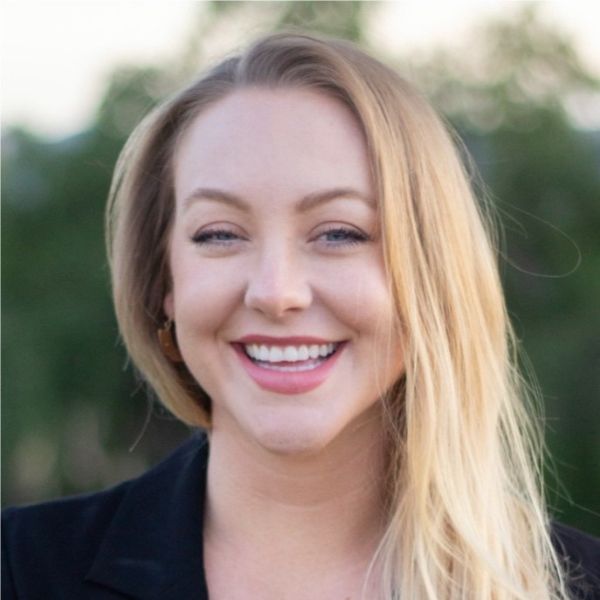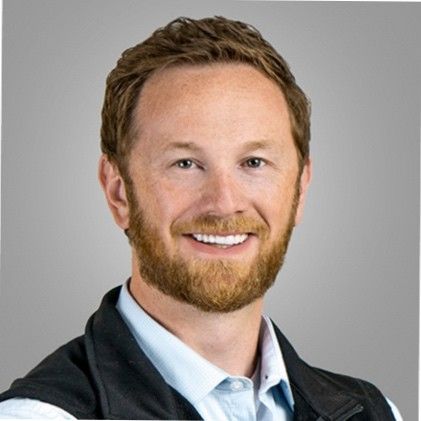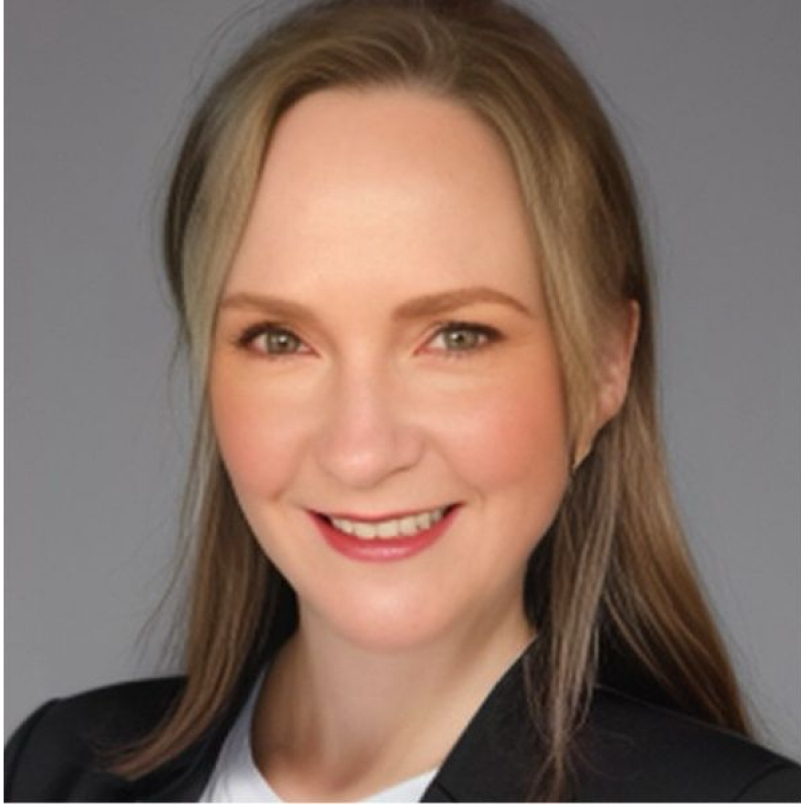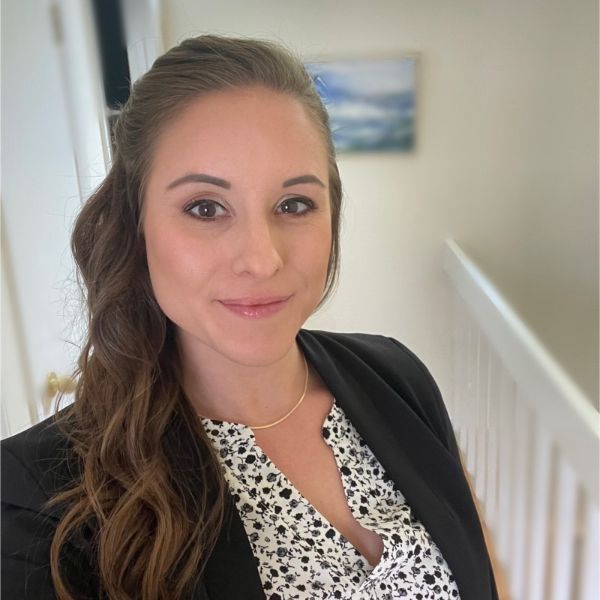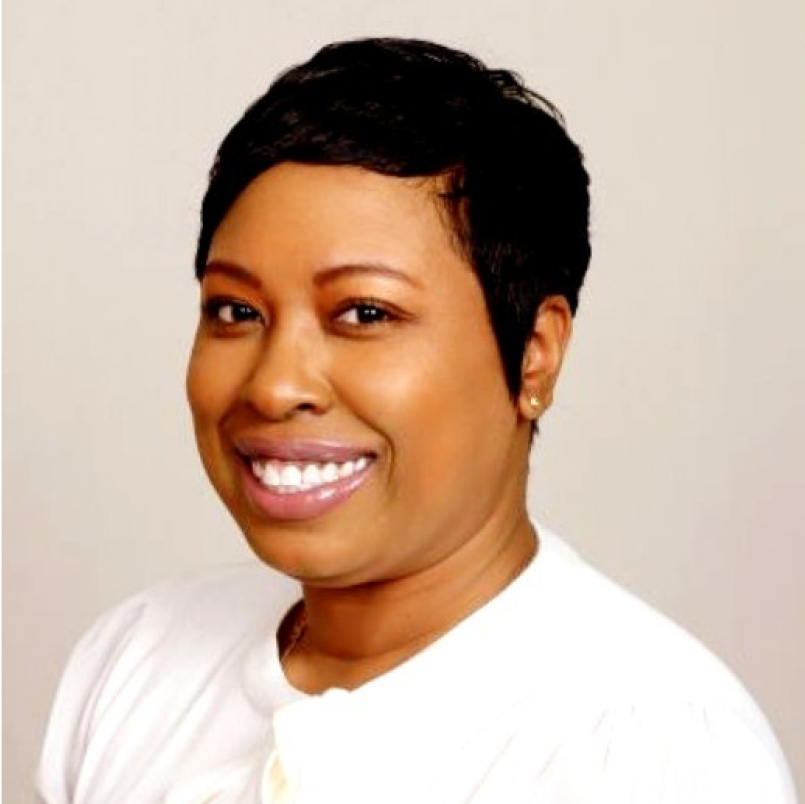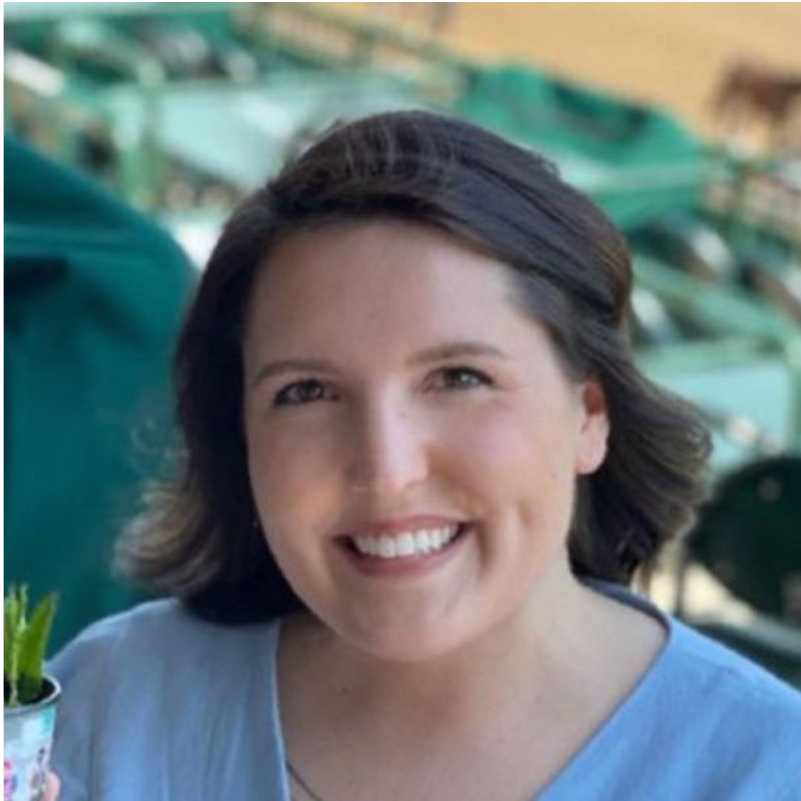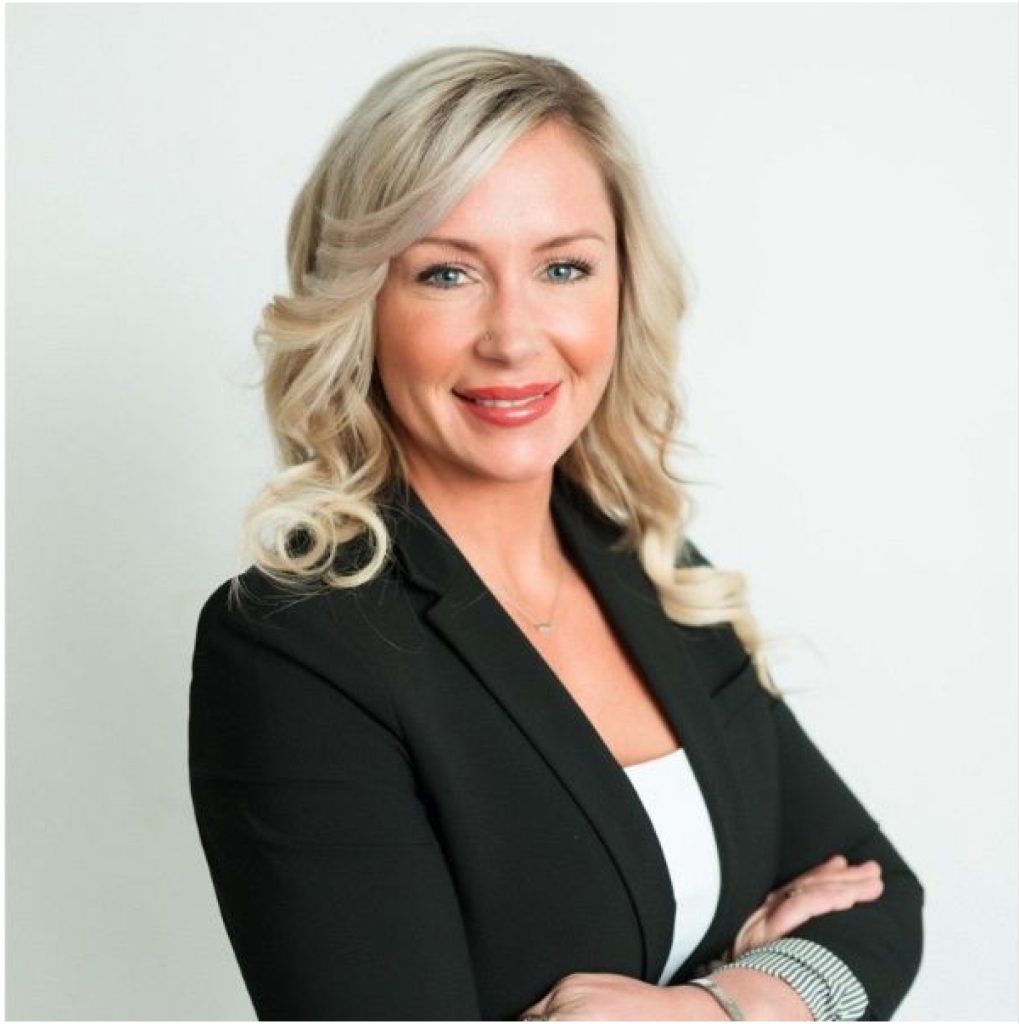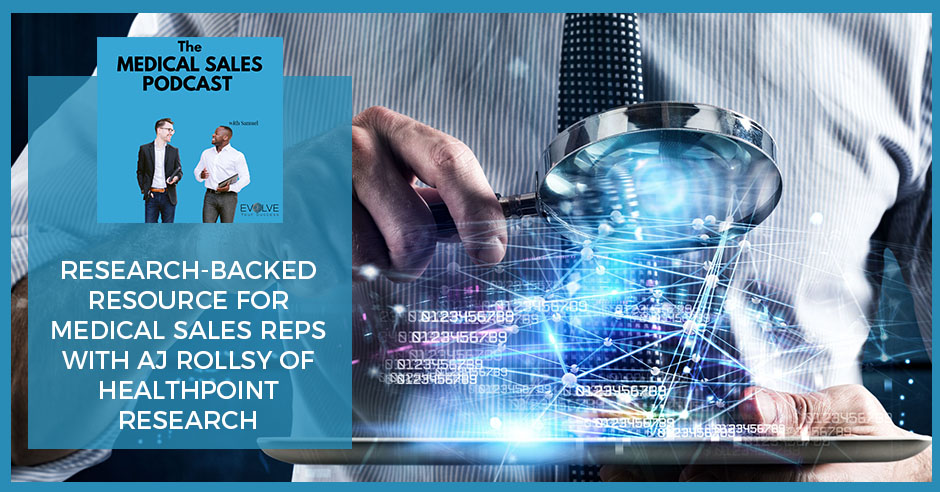
Wouldn’t it be great if medical sales reps had a resource that helps them get into the heads to the people they’re pitching to? HealthPoint Research is making that a reality with its NEW Rep Spotlight Report, an open-access resource that helps companies to see how effective their sales reps are in influencing behavior with prescribers from the prescriber’s perspective. Joining Samuel Gbadebo to talk about this and more is HealthPoint founder, AJ Rollsy. AJ is a marketing expert who spent the last two decades helping big corporations build their brands and drive sales in more than 50 markets. If you’re in medical sales, you would know that it’s a different animal altogether than your typical sales job. You’re dealing with experts, whose brains operate in a totally different way. If you can comprehend how the physician perceives you, half the game is won. Now, you can focus on becoming the best medical sales rep you can be.
—
Watch the episode here
Listen to the podcast here
Research-Backed Resource For Medical Sales Reps With AJ Rollsy Of HealthPoint Research
I have an interesting guest that I’m proud to bring to the table for us. His name is AJ Rollsy. He’s the Founder of HealthPoint Research. They’re a research marketing firm that specializes in healthcare. He talks about this report that they’re creating that allows companies to see how effective their sales reps are in influencing behavior with prescribers from the prescriber’s perspective. It’s fascinating stuff because it’s something that can be valuable to the sales rep to use in the field to improve their skills and be more effective and something that can be valuable to the companies to understand how they’re being perceived by the physicians they’re working to influence. We go into a lot of different information. A lot of known researchers are involved in what he’s working on. To name one of them is Robert Cialdini. He wrote the book Influence.
One of the nice highlights that I want to mention is he talks about the seven factors of influence and how this paper and report that they’re working on is based on 10,000 different data points that are screened through, if you will, the seven factors of influence . Once again, how effective the sales reps are from these different companies in influencing their prescribers from the prescriber’s perspective. You can only imagine how valuable that is if you’re someone in the field or if you’re a company that’s responsible for sales reps. You’re going to love the information he shares with us. It’s fascinating stuff. Thank you for reading and I hope you enjoy the interview.
—-
AJ, how are we doing?
I’m doing good, Samuel. How are you?
I’m good, no complaints. I’m making sense of everything and figuring out how to do it in these quarantine times. Everyone, we have, AJ Rollsy. He’s the Founder of HealthPoint Research. They are a marketing research company that specializes in healthcare. AJ, why don’t you go ahead and introduce yourself to everyone?
Thanks, Samuel. First of all, to your audience, I want to say thanks for giving me a moment of their time. I know it’s always the most precious resource that we all have. I hope I’m going to bring something that’s useful to your audience, Samuel. People might already recognize in my voice that I’m not born and bred here in the US. I’m an Aussie by background, but I’m here in the US. I do run HealthPoint Research, which is a market research agency for healthcare, but that by itself is not particularly interesting because there’s plenty of market research companies out there in healthcare. The reason that we’re a little bit different, it’s two reasons.
One is the way that most salespeople in healthcare, for example, are going out and giving a message, maybe showing some material, or trying to convince their customers of an argument around their brands. Somewhere earlier on, that company, who they work for, there’s been some market research undertaken, and typically the way that works is a market research director, or maybe ahead of insights or something like that in a company has gone to an agency and they’d say, “Please go out to all of these surgeons, doctors or nurses, and sometimes patients and ask a whole bunch of questions for us so that we better understand how they think about our products, their disease,” or whatever it might be. That’s this outbound market research, which is the typical way it’s done.
It’s a great thing that companies do that. They invest a lot of money so that when the sales person’s in front of their customer, they’re hopefully getting the best bang for their buck because we know the most as we possibly can about the condition and what’s important to the doctor. That’s market research, normally. There’s a different type of market research though, which is where we specialize and that’s called syndicated market research. This is slightly different. Instead of a company coming to us and saying, “Can you please go and speak to 500 doctors and ask them a series of questions?” what we do instead, we’d like to think is a little freer from bias.
What we do is we would consider a particular facet of healthcare. It might be a disease, let’s say asthma or it might be a surgical scenario. What we will do and before any company has commissioned us to do work, we will go and explore all that we can about that particular disease. If it’s asthma, we’ll go to respiratory physicians and maybe some nurses, maybe even parents of kids with asthma, and we’ll do a whole bunch of research and produce a report. We like to do that four times a year. Quarterly, this report would gather a picture of the landscape of asthma, if you want to think of it that way. What we then do, we compile this nice report and that’s syndicated research in a nutshell.
Normally, what would happen is those marketing research directors that I mentioned earlier, they would subscribe to something like this on a quarterly basis. It helped paint a picture. There’s one other critical difference that we think we’re the only people doing this specific work. We don’t do surveys and interviews. We then bring back this information and this is where we’re different. We apply linguistic analysis and behavioral science to the interpretation of it, first of all. It adds a lot of power. As you and I both know, Samuel, human beings are wonderful, but none of us are rational. When you do a survey with a doctor and they give you an answer, they might be saying something, but what they mean is often something different. Linguistics and behavioral science have a way of getting beneath the surface and telling a much more complete and insightful story.
How do you go ahead and do that part of it with the linguistics? Who on the team is doing that type of work?
[bctt tweet=”HealthPoint’s unique syndicated market research model applies linguistic analysis and behavioral science in interpreting marketing surveys.” via=”no”]
Thanks for going there because I have to say I am by no means an expert in linguistics or for that matter behavioral science. I know a little bit about that stuff, but the linguistics, what I do is I partner with some brilliant, highly qualified individuals in linguistic analysis. That’s a whole discipline. If you speak to five people in a group and you say to them, “How was your day yesterday?” you might get five answers that sound roughly the same, but a linguist can look at the way you do things like choosing phrasing or the information you use on certain words and they do what we would refer to as sentiment analysis. If you ask three of your friends, “How was your weekend?” and they say, “It was good. It was great and I had a good weekend.” Based on a handful of other factors, the linguist can say, “There are three distinct things that are being expressed here.” Even though at a basic level, it sounds the same.
Based on a text report, they can figure this out? Are they going with you on the actual field calls to get the information?
It’s all blended. On multiple-choice, a linguist can’t help us at all. When we invite someone to type out a few sentences and they maybe do that 30 or 40 questions, there’s a handful of answers all together, there’s a fabric of linguistic value that every respondent would develop. Linguistic analysis tells us, “We group people into categories based upon the choice of phrasing and words, whether or not they say one thing on a question and then modify it on a subsequent question. That can tell us how committed they are to a point of view as well.” That’s one part. The behavioral science part is I know a little bit more about personally, but I don’t claim to be a behavioral scientist. We have a good team of individuals doing this, but they particularly are focused on where the application of day-to-day bias is changing, what somebody means, or acts.
We all have bias all day long in all ways. Many of these biases are useful because they allow us to get through the day without having to interpret every single piece of data around us. For example, if you went to the pizza shop that you’ve never been to before, you already know that you walk up to the window, pull out $5, and pay. Even though you’ve never been there, you know the process. What you’re doing there is applying mental screeners because you know what it’s about. You do it on autopilot. These are all different biases that they get applied to.
When we get survey feedback or interview feedback, the behavioral scientists can say, “This person is demonstrating a particular bias, which means they’re also exposed to an adjacent idea.” We can categorize people this way. Long story short, that helps us get beneath the surface and say, “Here’s what we think in healthcare are the real trends.” It doesn’t matter what someone tells us, Samuel. I can guarantee like I and you have, I’m sure there have been in front of a doctor that says, “I love your device. I love your medicine,” and yet we know that something’s different by the time the action takes place. We all know that. There’s some psychological trigger that is or is not happening so that’s what we try to identify.
The big question then is, how did you get into this? What’s your background? Take us to where you started and how’d you end up doing this?
I had a little bit of training back in Australia as a young guy fresh out of school. I worked with young people with behavior disorders, myself personally. I’m interested in the way that we all operate, but I never had a compulsion to be in a clinical setting or to be a therapist or anything like that. I was more interested in the way that psychology practically comes to life. Pretty soon, I got into the commercial field. I worked in Australia for a company called Optus, which is a bit like Verizon here in the US, this big telecommunications firm and I was a junior marketer. It turned out that, if I can say this without sounding conceited, I was reasonably good at marketing and business. That made sense because I’ve had many of my own businesses. My first business, I started at the age of twelve. I had employees and stuff. Lots of people who are entrepreneurial by nature.
What business was it at twelve?
We were producing these little gifts to sell around the neighborhood. I employed some people to help like a handicraft thing. It was ridiculous, but believe it or not, I made some money. I’ve had businesses this whole time. When I got into the enterprise-level organizations, I realized sometimes that entrepreneurial thing is useful. At some point years ago, I transitioned to healthcare marketing. For a while, I did direct sales myself, manage a sales team, went on to become a marketing professional in healthcare as well. That led me to live in Europe. I spent time in the UK, Switzerland, Australia, New Zealand, Asia, and now North America.
I’ve been incredibly blessed to have a chance to do my thing in business in more than 50 markets around the world. It’s something I love, but you’re asking me, how did I get to HealthPoint Research? Why this thing? The bottom line is that I saw a gap in the market. Many years ago, a brilliant person, an American-Israeli guy called Daniel Kahneman, he was awarded a Nobel Prize in Economics, but he’s better thought of as a psychologist. What he told us was we all operate in these sometimes comically irrational ways. Another writer Dan Ariely says, “We are predictably irrational.” We all do things that are irrational, but we do it in ways that you can predict will happen.
You know what we’re going to do.

Kahneman won this Nobel Prize and that happened around the time I was living in London and I became fascinated by behavioral economics back in those days. It struck me that while some industries started to grab onto this idea of behavioral economics, it was much slower coming to healthcare. As your audience knows, we operate in a deeply regulated and sometimes slow-moving industry because there are many rules as is appropriate. There’s a lot that we can’t do that you can do if you were selling Coca-Cola or Toyota, but in pharmaceuticals and medical devices, we aren’t always adopting the best of current thinking. Fortunately, behavioral economics has started to come into healthcare on the commercial side.
I realized that there was a lot of space in the market research insight gathering area particularly that we could provide something that is better than between you and I. I’ve sat in many board meetings in pharma or device company, home offices where up on a screen, a well-meaning market research firm will show us a series of charts, pie graphs and bar charts and stuff. I remember thinking, “That’s interesting, but no one’s giving me the ‘so what’ factor. If only I could get into the brain of the person that said yes or no to that question.” I realized that behavioral economics and linguistics would be powerful to do that. I thought, “If no one else is doing it, I’m going to go do it.”
Did you go to a team of your friends that were doing this work? How did you put it all together?
Outside of healthcare, I’ve been fortunate to explore my passion for entrepreneurship in sometimes little startups still. Being a marketing leader in these companies is often quite time-consuming, the other way that I have still scratch that itch is I would sometimes give a talk at startup incubators or at a business school, sometimes MBA programs and things like that. I’ll come in and give a talk on entrepreneurship and the use of behavioral economics in that field. The way that I got started was because through that work, I’d built up a nice network of extremely skilled individuals. In many cases, these are ‘money can’t buy’ people.
There’s a fellow out in Phoenix, a brilliant man called Robert Cialdini. Many salespeople will have read a book called Influence or his other book called Pre-Suasion. He’s an absolute thought leader. For years, he’s been on many people’s mind as somebody who can show us the actual mechanics of how you achieve influence. Through my network, I’ve been able to get people like Bob and some other absolute top tier individuals who graciously have given me their time to advice on projects. A team of skilled individuals, like the linguistics guys and the behavioral scientist guys. They said, “We’ll come and help you with this.” We’re a small, but passionate team.
How long have you been working with HealthPoint Research? How long have you been doing what you’ve been doing?
It’s been months that we’ve been doing this. It’s new for us and the bulk of that time has been in formulating this thing we call N*CODE. It’s a play on words of the N number that we sometimes think about in the medical statistics and stuff. It’s an N number and that’s N*CODE because we use language much with linguistics. The answers are encoded to us that we try to dig in. For these few months, we’ve been working out what N*CODE could mean as a proprietary method for getting behind the curtain in the way that healthcare professionals and patients and caregivers think.
What’s the most shocking thing you’ve learned through this research? I’m not going to spoil what you’re working on because our audience is probably like, “What is he working on?” Give us some of the shocking, or maybe shocking is the wrong word, but things you wouldn’t expect that are surprising that is in the trends o, how pharmaceutical sales representatives operate that they’re missing an opportunity? What’s some data that you have experienced that you’re like, “We didn’t know that?”
For me, I first came across this concept in 2010 and I’ve been plugging away asking clever people like Professor Cialdini and many other people around the world. The thing that strikes me is that those biases that I referred to, we might think of them as cognitive shortcuts and sometimes blind spots. There’s a collection of those things that are much more pronounced and rigid among expert customers. I don’t consider myself an expert compared to some of the people in healthcare, a top surgeon top doctor. I’m not the same as them by any stretch. What we see is that there are these little collections of psychological factors that are incredibly prevalent and impactful in the way that these people operate. The most surprising thing to me is that these people hold on to ideas in a way that’s quite different. Maybe the best way to describe this is a little story for you.
If I was to tell you about something that you might not be an expert in, but maybe you’re aware of it. I grew up not far from the beach in Australia and a lot of people in Australia surf. Let’s say you don’t know anything about surfing, but you’ve seen pictures of it. You’ve seen it on videos. You could imagine what it’s like to go surfing. You can predict you’re in the water and you might have some ideas about it. If I asked you your opinion, if I was to show a visual, if you’d hold your collection of ideas out with an open hand, which is to say, “I bet it’s fun. Maybe it’s hard to learn, but it’d be good to do it on a hot day.” You’d have these little collections of ideas. What an expert tends to do on a neurological level, they think differently. When you’re holding that open hand, what you’re doing is imagining and creating a little narrative for yourself for how you suppose that it might be. This is much more like creative thinking. If we put you under a functional MRI while that was taking place, we would see parts of your brain that would light up that is much more like you imagining a story. Maybe you’ve never surfed before, but you can predict aspects of it.
I can put up all my experiences that I’ve seen through TV and my friends and whatnot and put it together.
[bctt tweet=”Expert customers hold on to biases differently. To effectively sell to them, you need to pull back the curtain on how their brains work.” via=”no”]
A lot of marketing is predicated on this idea. We want to give you some ideas. We want to help you flesh out a story and then maybe you’ll think more favorably about our product and maybe buy from us. Here’s the problem, experts think differently. If we go to a doctor and we want them to use our medication instead of the competitors, we say, “Doctor, here are some ideas for you. Think of this patient and look at this study. You can see that we have these results.” Even if the doctor is a friend of yours after years of selling to them and they smile nicely, and they say, “Thanks for bringing me Starbucks. It’s good to see you again and have this chat. Maybe I’ll think about your product next time I have a patient.”
We know this happens to experts. Their hand is not open like this. Their hand is closed. If we put them under a functional MRI, even if they’ve never experienced a scenario that you’re trying to describe what happens is with people who have a lot of deep expertise in that domain, they also create a story, but it’s not creative in the same way that it would be for you and I thinking about surfing as an idea. Instead, it feels if I can use that word loosely, under functional MRI, a different part of the brain lights up, and it’s much more like the recollection of a memory. Even if it’s a new idea, let’s say it’s a brand new molecule and you’re a salesperson, a pharmaceutical, and you’re out there saying, “You’ve always used this category of medication for this disease. I want to tell you a brand new molecule.”
The doctor’s never had any experience with it. It’s hypothetical for them and yet for them, as they’re crunching the gears in their brain, it doesn’t feel hypothetical for them. They have an experience, which is much more like the recollection of a memory, which is it feels much more dependable is one way to put it. Here’s what happens, you show them a clinical study and it says what they used to do in the past, their status quo behavior was successful 75% of the time. You show them this nice robust clinical trial. This new molecule is effective 85% of the time. It’s better. What that person will experience, the expert, even if they’re friendly, smiling and enjoying the Starbucks, because they have in their mind what feels like a memory that’s different to the paper you’re putting in front of them, it’s hard for them to get over this feeling of dissonance between what you’re saying to them and what they believe is their experience. Even though we know it’s not an experience.
Are you saying they’re automatically rejecting it regardless of how compelling the data is? Their first inclination is to reject this information?
Pretty much. What the social scientists will tell us is that, even if they may nod and politely go, “Interesting,” what happens is predominantly much more than a non-expert. These people will dismiss the concept as an outlier or an exception. If I put it in simple terms, the identity that person has is that, “I’m an expert and almost all the time that I’m operating in this field, people defer to me for my expertise so my judgment call is dependable.” If you’re showing me something that is in contrast to what is my current approach, it feels extremely uncomfortable at a preconscious level to accept this new data. It’s much more acceptable for me to nod, smile, and say, “Thanks for showing.”
At a preconscious level, I discard that as being an outlier or an exception, even if they won’t say the words. In fact, that Nobel Prize winner I mentioned, he talked about two ways of thinking, autopilot system one thinking and the more deliberative system two thinking. Even if their system one is polite and says, “Samuel, thanks for letting me know. I’ll give this paper a read. That looks interesting,” the system two is not engaged. The system two is that more thoughtful, deliberative. Let me mull over the information. It’s not engaged. The good news is though we’re all selling the experts and you might think, “What do I do?”
How do we get to number two and get number two picking going?
There’s a handful of ways to do it. Everything that we’re describing, Samuel, is going to be compiled into a book that we hope to have out this year. If your readers want to go to your website and check it out, I’m going to make sure that we get away with it to get your people especially. One way to get past this is a tricky thing we do, and it sounds spooky Halloween type of phrase, called Premortem Modeling. What this means if you’re my expert customer, you’re my chief doctor at a place that I need to go and convince you of something important. If I know that you believe that using your current injectable medicine is the most effective way to treat a condition and I’m saying, “Come and use this new oral medication instead,” I’m trying to convince you something new and you’re friendly and polite. You say, “That looks good.” I sense that what you’re doing is that system one autopilot thinking. You’re polite and friendly, but I’m not getting through to that system two thinking.
Premortem modeling says this. I find a way to engage you, to tell me a story verbally back in which this new oral version of the treatment is going to be preferable. What I might say to you is, “Dr. Samuel, I’m speaking to a lot of people about this stuff at the moment, but you have a lot of experience and expertise. Explain to me why, to many of your peers around the place, they like this one better, do you think?” Even if they’re playing a game with you, they’re forced to temporarily go to system two. They craft a little story about why this thing is great. Even if they finished the story and then go, “In reality, the injectables great still,” the fact that you’ve taken them to system two thinking for a moment, they had to form a little neural pathway around this idea. This is premortem modeling. You’re getting them before the event. You’re getting them to tell the story of why your perspective is a valid one and you might not win them on the day. What you’ve done is got them for a moment to give you some system two thinking. That’s one example, but there’s a long list of ways we can get around it.
Does it matter the data points and what you’re showing them? For example, the size of the study, the body that conducted the study. This research that you did showed that it doesn’t matter. You still going to have to get them engaged with system two thinking regardless of the data points within the trial that you’re showing them.
There are two nice pieces of psychology that would call upon for that question. What does matter? There are a few things that matter. One thing that does matter is surprise. Surprise is effective in taking somebody from system one to system two thinking we believe. If you’re my customer here, if I was to say to you, “Dr. Samuel, how many subjects do you normally get in a trial for something like this do you estimate?” Maybe you don’t know. Maybe you say, “Five hundred patients or 5,000 patients.” If I can surprise you somehow and say, “You’ll be amazed. This is 9,000 patients,” or something that’s somehow surprising. Any element of the paper that’s surprising, even if it was this nice double-blind crossover, some way of showing that it’s somehow surprising, you can coach somebody in the system two. No matter what you do, even if you have to go behind them and go, “Boo,” you want to surprise that customer a little bit.

The other thing, the more marketing than sales methods. I’m going to speak up for my marketing friends. I know that we try and bring out marketing materials for sales professionals and we also know that you think that we’re a bunch of monkeys that don’t know what we’re doing. I know that’s real, but here’s the reality. If you engage multiple senses with somebody, you are also more likely to cut through to system two thinking, especially with the way that you would establish something around memory. There’s another brilliant woman, her name’s Elizabeth Loftus. Elizabeth Loftus is one of my intellectual heroes.
She told us a lot about the way that we formulate memories and she did a lot of research and expert, eye-witness testimony in a legal setting. She knows how experts think. She also knows how memory works. What we can say is that if we get you to hear my voice, look at something on a page, verbalize something back to me, if I put my hand on your shoulder if that’s appropriate in some way, if I engage multiple senses in our conversation, you’re more likely to look at what I am talking about in a more deliberative sense. You want to surprise them, and then you also want to engage multiple senses. That marketing piece that you never want to pull out your bag because you feel a bit ridiculous doing it, think twice about it because sometimes it has power.
Have you had the opportunity to see any of these conclusions play out with sales reps?
I have in a way. There are a handful of acknowledged pieces of evidence to show that when multiple items are presented to a customer, we have a different level of traction. That exists for sure, but most of what I call upon, and in the book, what we’ll be talking about is mostly drawn from other industries or other facets of life. In government, for example, or in the military, in other industries for sure, in education. These studies are done in all different ways, but there’s a handful of ways that we might engage it. I don’t want to jump the gun here with you, but one thing that I wanted to talk to you and your audience about was a report that we’re putting together called the Rep Spotlight Report. In terms of evidence, I already mentioned Robert Cialdini, along with Elizabeth Loftus, is one of my heroes.
What Professor Cialdini has offered us through him and his colleagues around the world is seven pillars of influence. These are empirical, we know these are true. They’re not in healthcare, especially they’re in all ways that they’ve been researched, but we know that these seven pillars of influence are a factual thing. If I was a sales rep for a pharmaceutical company or a medical device company, I’d be speaking to my customers and even if I don’t say it out loud, what I’m hoping is, “I wish this guy would listen to the evidence-base because my product has nice evidence in support for it.” If there’s one takeaway from our conversation that your audience might want to contemplate is that they as high caliber sales professionals should also depend on an evidence-base.
The good news is, we do have an evidence-base for what will make them a more powerful and effective salesperson. Part of that, your question to me is, do we have evidence? Robert Cialdini and the other researchers around the world, they have shown that these seven factors of influence are real. They’re dependable. You can bank on them. The skill becomes for the salesperson, “How do I adopt more of that knowledge into what I do?” First, get on Amazon and buy this book called Influence. It’s Robert Cialdini’s book. It was the mid-’90s that it was released. It’s been updated a few times. It’s a timeless classic in the field. More directly, I’m excited to have done, with Professor Cialdini’s permission, is we’ve taken those seven factors and built something called the Rep Spotlight Report around those seven factors. We know these ideas of influence are true. There’s an evidence base for them.
With this report, using that N*CODE methodology that I referred to, we’d gone out to a large number of providers around the country. We have said to them, “Tell us about your experience with pharmaceutical sales reps.” Based on all of their feedback, we collected 10,000 data points. We’re mapping out the various companies in terms of the way that their sales reps seem to be able to capture those seven pillars of influence amongst all of these providers around the country. That will create for us a nice leaderboard. One of these companies is going to be sitting right out on top and they will be accumulated over all of those seven factors. Their sales reps on average will be getting good marks on all of those things. More importantly and instructionally for a sales rep who wants to win this quarter, they should look at this report because it will give them some hints as to how they can step up their game for these seven factors of influence. That’s the most important idea.
That’s the report that we’re crunching the data for. We’re going to be producing that and we’re settling on the price. I can tell you this we’re wanting to price it affordably that the average sales rep will be able to buy this herself or himself and put that on a credit card. It should be the thing that would cost less than a few coffees for the local office they go visit it. It should be something that’s powerful and affordable for everybody. We might take a cut of the data to do some more elaborate work at a head office level with some of the companies that your audience work for as well.
The first thing is to get the book Influence, that’s number one. Number two is to get this report and together the sales rep can have some serious insight and to be much more effective and get into that system two thinking to deliver with whatever product they’re representing.
That’s exactly it. I don’t want to give it all away, but I can tell you that in addition to those things, we’re also checking out the provider’s opinion for a series of professional behaviors as well. We want to know do the companies typically have good scientific knowledge? Are they punctual and professional? Do they understand the clinical objectives of the office? Those things we’re surveying as well. We’re getting a snapshot of how providers also would like their sales rep colleagues out in the field to engage with them in a COVID-19 environment. What would you like to see from a sales rep based upon the fact that we’re in this crazy world? This will be useful because you’ll hear from the horse’s mouth, so to speak, “Here’s what I’d like a rep to do. I still need them to come in. I want to hear from them and I need some samples. I want to make sure that I’m doing things right, but I need it a bit different.” The rep will be able to get that fresh and direct from them.
This sounds like it’s universal. It can work outside of a quarantined environment and it can even work within a quarantined environment. That’s a universal report.
[bctt tweet=”Even if you’re a high-caliber sales professional, you still need to depend on an evidence base.” via=”no”]
The other thing we’ll do is we’re going to roll this out every six months. Even if somebody is reading two years from now, what we’ll have is twice a year, this report will be published and it will show the movement of attitudes as well. Sometimes that’s important also. If we find that right at the moment, a doctor for example is saying, “Because of COVID-19, I don’t have enough time. The most important thing for me is that you cut right to the chase.” That might be important. In six months or two years, they might be saying, “What would I need is something somewhat different.” The report will be always fresh and hopefully informative and help out the local sales professional.
AJ, tell us the name of the report one more time.
It’s called the HealthPoint Research Rep Spotlight Report.
Where can people get it?
One way would be to come to HealthPointResearch.com. Right on the front page, there’s a choice for the person visiting the website. They can either participate in research themselves. That includes pharma or device reps, for example, or they can say, “I want to learn about your reports.” That’s the option you’d take if you want to dig in and see what this current report is all about.
Thank you, AJ. This is something that I’m positive my audience is excited to get in front of. I’m excited myself because I’d love to see more of these surprises that we talked about. Thank you for your time. Is there anything else you want to share with the audience?
I’ve loved being with you, Samuel. The final thing is I’m constantly curious, so I want to know how people are operating out there. If anyone wants to give me some direct feedback upon what HealthPoint Research is doing, I’d love to hear from them. They can hit me up on any of the social media platforms. The other thing is that it’s not my nerdy insights into things here. In the report, we also have some esteemed sales leaders. I’m letting the cat out of the bag here a little bit, but somebody who holds the record for having led the largest headcount of medical sales professionals in the country is providing expertise in this report. This individual will be looking over the study and he’ll be saying, “Based on what we see here, the best sales reps should be doing this, this, and never doing that.” This is the stuff money can’t buy material.
Thank you, AJ. We’re going to make sure people get this report. AJ, thank you for joining us.
Thank you, Samuel. It’s great to be with you.
—-
That was AJ Rollsy. Didn’t I tell you that was going to be fascinating stuff? To think that there’s a resource out there that can allow a sales rep in pharmaceuticals or medical device sales to be more effective by enabling them to access the system two thinking of a provider in a way that’s more memorable than what they’ve been doing and have a bigger impact on their actual bottom line with representing the product or procedure. That’s fascinating and cool to know. In addition to that, it’s going to be useful for companies that are going to get to see what their customers think of them. We can only imagine how important a report like this is. The challenge I have for you readers, whether you’re in a leadership or a sales rep, I want you to get out there and I want you to get this report.
I want you to please make sure you get this report and I’d want to know what you think. This is important. When I first heard or learned of AJ’s research, I was intrigued. When he talked about all the different things they’re able to do and all the different data points that were involved, I was fascinated and I couldn’t wait to see everything that resulted in all this research. I want to hear what you think as well. Get this report, feel free to get on and leave your thoughts. Let us know what you think about the report. How did it help you? How are you going to use it? What are you going to do with it? These are the things we all want to hear.
Once again, if there’s something that you want to be addressed in any of our episodes, go to the website EvolveYourSuccess.com and hit that send a message button and leave whatever you’d like. Tell us whatever you’d like and we’ll see what we can do about getting it on a future episode. I thank you for reading. If you’re someone out there that’s looking to get a position, you are saying, “I want to be in a medical device, pharmaceutical, genetics or a diagnostic and medical sales position then visit EvolveYourSuccess.com and take the assessment. That assessment is going to give you a nice snapshot into where you are and what you can do moving forward. Get in touch with me. You can find me on LinkedIn. You can send me an email at [email protected]. Thank you for reading.
Important Links:
- HealthPoint Research
- Influence
- AJ Rollsy
- Pre-Suasion
- Rep Spotlight Report
- EvolveYourSuccess.com
- LinkedIn – Samuel Gbadebo
- [email protected]
About AJ Rollsy
 AJ Rollsy has spent two decades as a leading marketing professional for multinational corporations, having launched and managed mega brands to drive multiple billions of dollars in sales across 50+ national markets and five continents. At the same time, AJ reflects on his own experience as a serial entrepreneur, having started and grown several small businesses, with a focus on achieving success while delivering social good. Combining his years of practical experience, and drawing from academic research in business, economics and psychology, AJ is determined to help correct the failure and stagnation rate in small business so that entrepreneurs can bring their biggest dreams into reality. Subscribe to AJ’s mailing list to be kept up to date with his articles, book releases, speaking events, and interviews with some of the world’s leading subject matter experts.
AJ Rollsy has spent two decades as a leading marketing professional for multinational corporations, having launched and managed mega brands to drive multiple billions of dollars in sales across 50+ national markets and five continents. At the same time, AJ reflects on his own experience as a serial entrepreneur, having started and grown several small businesses, with a focus on achieving success while delivering social good. Combining his years of practical experience, and drawing from academic research in business, economics and psychology, AJ is determined to help correct the failure and stagnation rate in small business so that entrepreneurs can bring their biggest dreams into reality. Subscribe to AJ’s mailing list to be kept up to date with his articles, book releases, speaking events, and interviews with some of the world’s leading subject matter experts.
Love the show? Subscribe, rate, review, and share!
Join the Medical Sales Podcast Community today:

